
cd_nom
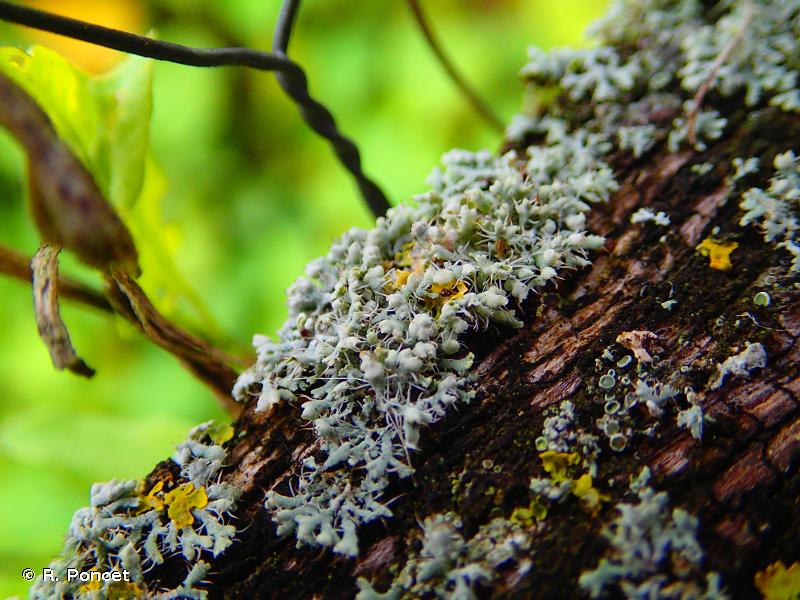
| Author : R. Poncet |
 |
To get the picture, please visit:
Rémy Poncet
email : inpn@mnhn.fr
Despite the Creative Commons license, please inform the author of the use which will be made of his photo
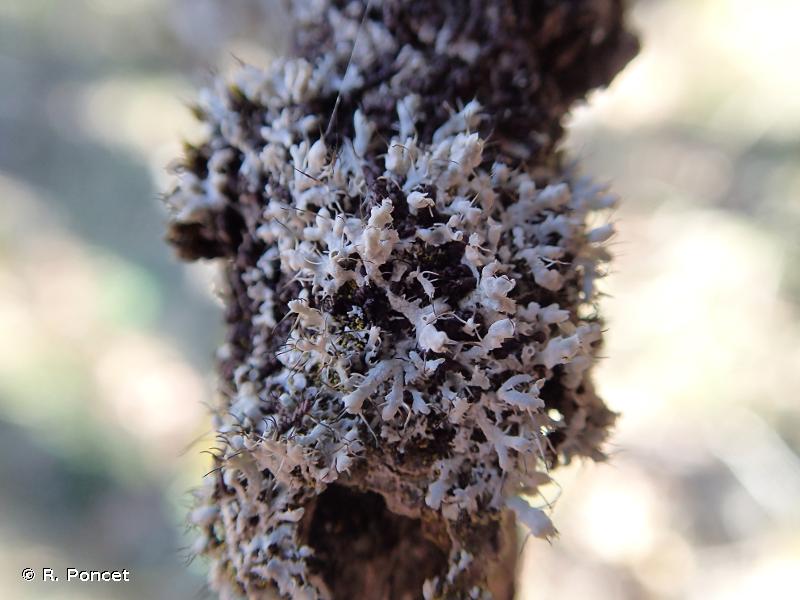
| Author : R. Poncet |
 |
To get the picture, please visit:
Rémy Poncet
Despite the Creative Commons license, please inform the author of the use which will be made of his photo
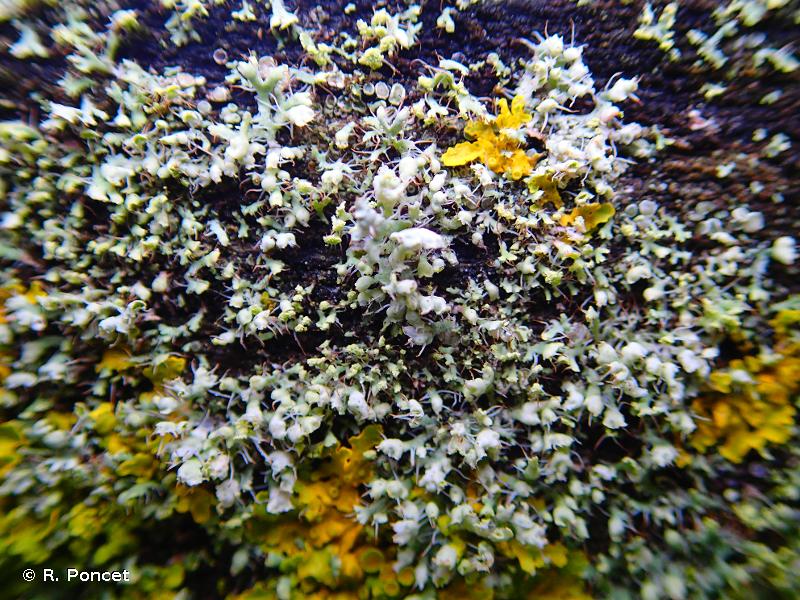
| Author : R. Poncet |
 |
To get the picture, please visit:
Rémy Poncet
email : inpn@mnhn.fr
Despite the Creative Commons license, please inform the author of the use which will be made of his photo
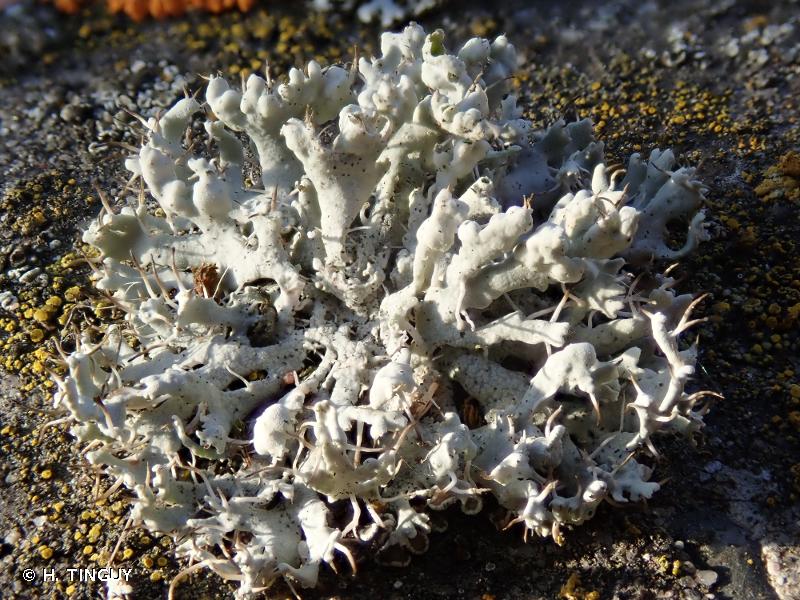
| Author : H. TINGUY |
 |
To get the picture, please visit:
Hugues Tinguy
email : inpn@mnhn.fr
Despite the Creative Commons license, please inform the author of the use which will be made of his photo
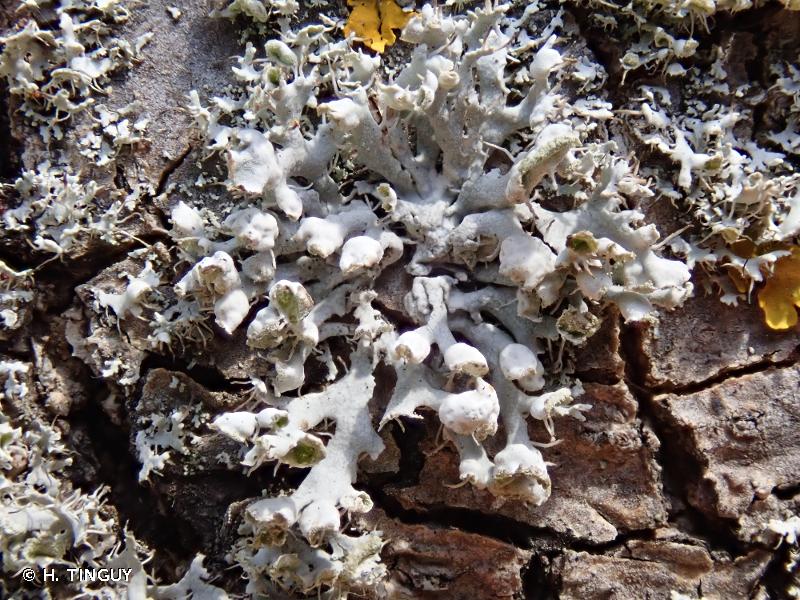
| Author : H. TINGUY |
 |
To get the picture, please visit:
Hugues Tinguy
email : inpn@mnhn.fr
Despite the Creative Commons license, please inform the author of the use which will be made of his photo
Taille :
Thalle mesurant 2 à 4(6) cm de diamètre formant parfois des colonies étendues.
Diagnose :
Thalle foliacé de contour orbiculaire, de couleur gris pâle à légèrement bleutée, faiblement appliqué sur le substrat. Les lobes atteignent 0,3 à 1 mm de largeur. Leur extrémité est nettement décollée du substrat, munie de quelques cils marginaux (foncés à leur extrémité), elle est fendue en deux et la lèvre supérieure enflée en forme de capuchon abrite une soralie. La face inférieure est blanchâtre avec d'éparses rhizines blanches à extrémité marron.
Les apothécies sont peu fréquentes, elles atteignent 2 mm de diamètre et sont plus ou moins courtement stipitées. Le disque est noir et parfois légèrement pruineux.
Facilité d'identification : simple
Confusions possibles :
Se distingue de Physcia tenella (Scop.) DC. par l'extrémité de ses lobes en forme de capuchon enfermant une soralie peu visible de l'extérieur. A noter que les individus jeunes ou érodés peuvent être facilement confondus avec d'autre Physcia sp.
Répartition générale :
Cosmopolite à l'exception de l'Antarctique.
Habitat et biologie :
Espèce croissant sur écorce, bois (plus rarement) ou roche calcique (muret, ciment, etc.) dans les situations assez bien éclairées et riches en nutriments.
Référence: Smith, C.W., Aptroot, A., Coppins, B.J., Fletcher, A., Gilbert, O.L., James, P.W. & Wolseley, P.A. 2009. The Lichens of Greta Britain and Ireland. The British Lichen Society. 1046 pp.
R. Poncet(UMS 2006 Patrimoine Naturel (AFB / CNRS / MNHN)),2015
Continental
Metropolitan France
Overseas
Marine
Metropolitan France
Overseas
The map presents a summary at the 10 x 10 km grid of the observation data for the species transmitted to the SINP. These data have been subjected to validation filters.
The map presents a reference distribution layer of the species at the scale of departments and marine sectors. The presence and absence data were established by expertise within a network of partners. This reference distribution is used in the validation process of the SINP data at the INPN level.
Corresponds to a report on the basis of at least one observation proved within a period of 10 years (20 years for little-known invertebrates) preceding the year and no presumption of extinction since obtaining the last data nor doubt on reproductive and implemented nature of this population. For migratory species, the presence indicated concerns areas of reproduction.
This status is based on one or more of the following criteria:
This point covers the absence, more difficult by nature to demonstrate than presence. This status is based on one or more of the following criteria:
This status must be assigned to a department in which the presence of the species is casual.
Particular case of absence due to a proven extinction less than a half century ago (older disappearances are treated as "no probable or definite").
In the state of knowledge, we can not comment on the presence or absence in the current department. This is the default status when not comprised in one of the previous categories or whenever there is doubt.
The map shows the global distribution of the species based on GBIF data (Global Biodiversity Information Facility).
